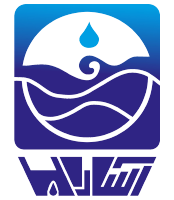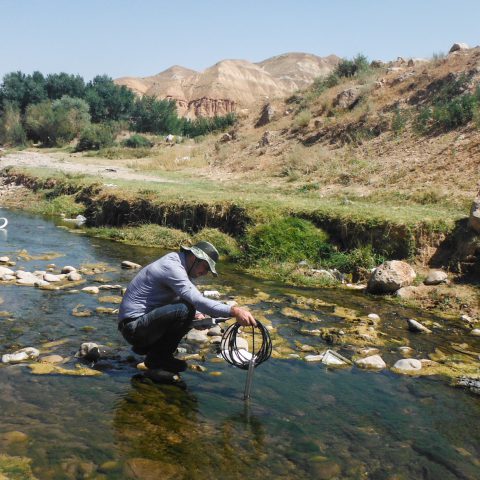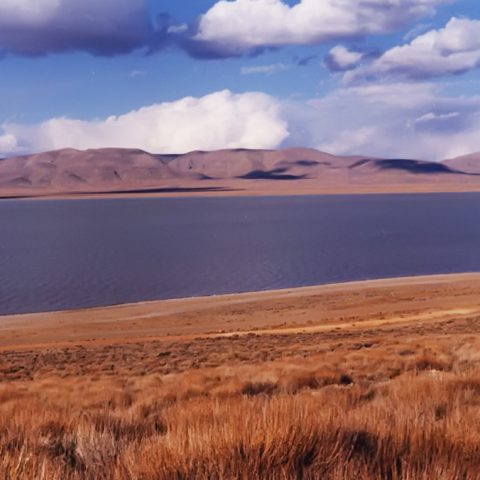Environmental Impact Assessment of Shast Kalateh Dam
Investor Name:
Published Date:
Location:
Value:
Architecture:
About Project
Shast Kalate Dam on the Shast Kalate River with an average annual discharge of 22 MCM, intended to supply drinking water for Gorgan, Kordkoy and Bandar Turkmen, flood control and prevention of flood damages, to increase agricultural production due to create permanently water flow. Construction of the dam would increase the economic productivity and improve the economic conditions of the region, enhance employment and income. The plan will be implemented outside of the forest and environmental protected area, and the dam site is located in large agricultural lands. Given the reservoir area of the dam (82 ha), it is expected that 79 hectares of farmlands (mostly rain-fed) and about 2.8 hectares of forest lands on the river’s margin will be sunk. Compensation alternative for affected locals, planting of forest trees and restoration of damaged forests on the slopes overlooking the dam and damaged areas are the most important measures that have been proposed to reduce adverse impacts of this plan.
Actual services:
- Investigating environmental baseline status
- Sampling of water quality parameters (physicochemical, limnological and contamination parameters) of Shast Kalateh
- Sampling in 3 stations according to the spatial extent of the basin, geographical conditions, morphology, hydrology, climatology and human activities in the region (existence of populated centers)
- Sampling of pollutants (agricultural pesticides and heavy metals), physicochemical parameters (temperature, oxygen, TSS, turbidity, nitrogen compounds and phosphorus compounds) and biomarkers (macrobenthos and fishes)
- Sampling of macrobenthos using Surber Sampler
- Determining the qualitative and limnological status of the inlet rivers by Rapid bioassessment method
- Analysis environmental impacts caused by the implementation, non-implementation and implementation along with necessary measures
- Providing solutions for minimizing and mitigating impacts of project implementation
- Developing an Environmental Management Plan (EMP) to proceed a proper plan, reduce pollution and continuously improvement of environmental resources
- Presentation of HSE plan









